1. IBM Selectric Typewriter

Before computers took over, the IBM Selectric was the crown jewel of the office. Instead of individual keys striking the paper, it used a typeball that rotated and tilted to the right character, making typing smoother and faster. That distinctive “thunk” sound was as much a part of the office soundtrack as the phone ringing. If you were fast enough, you could impress your coworkers with rapid-fire clacking that made you look like a typing wizard.
These machines were built like tanks, which is why many are still sitting in storage rooms decades later. They also came with interchangeable typeballs, meaning you could swap fonts—a mind-blowing concept at the time. Of course, you had to do it manually, so no quick menu clicks like today. Still, the Selectric was such a workhorse that people swore it would never be replaced.
2. Rolodex

Before your phone stored every contact you’d ever need, there was the Rolodex. It was a rotating file of cards, each with a name, address, and phone number written or typed in. Business cards often got stapled to them, creating a tactile little archive of everyone you’d ever met professionally.
Flipping through a Rolodex had a satisfying rhythm, especially when you were trying to remember that one client’s name from three years ago. Of course, if someone’s number changed, you had to cross it out and rewrite it, which meant a lot of messy cards. But there was something personal about it—you actually handled the names and numbers instead of scrolling through a cold, glowing screen.
3. Dictaphone
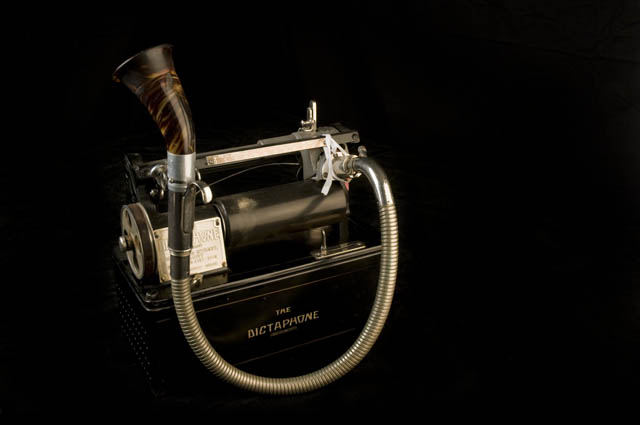
For bosses who didn’t have time to type—or didn’t want to—there was the Dictaphone. This chunky device recorded their spoken notes onto magnetic tapes, which would then be handed to a secretary for transcription. You could hear every pause, sigh, or cough, which meant transcribing was part typing, part detective work.
Some models had foot pedals so you could rewind and play without lifting your hands from the keyboard. Of course, if the tape jammed, you were in trouble. It was a far cry from modern voice-to-text software, but for its time, it was a high-tech solution for busy executives.
4. Mimeograph Machine
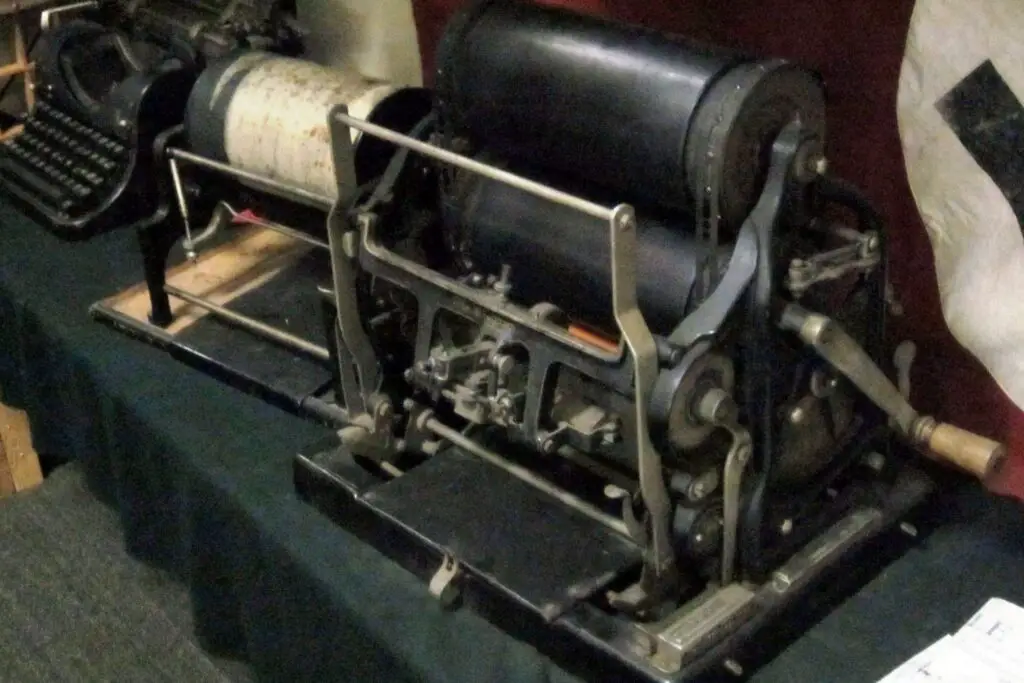
Before copy machines became standard, offices used mimeograph machines to duplicate documents. They worked by forcing ink through a stencil, which meant everything had that faintly bluish-purple, slightly smudged look. The smell of the ink was unforgettable—ask anyone who worked with one.
Making copies was messy, and you could easily ruin a whole batch if the stencil tore. But the machine could churn out hundreds of pages quickly, which made it invaluable for memos, newsletters, and reports. There was something charming about those imperfect, slightly off-center pages.
5. Thermal Fax Machine
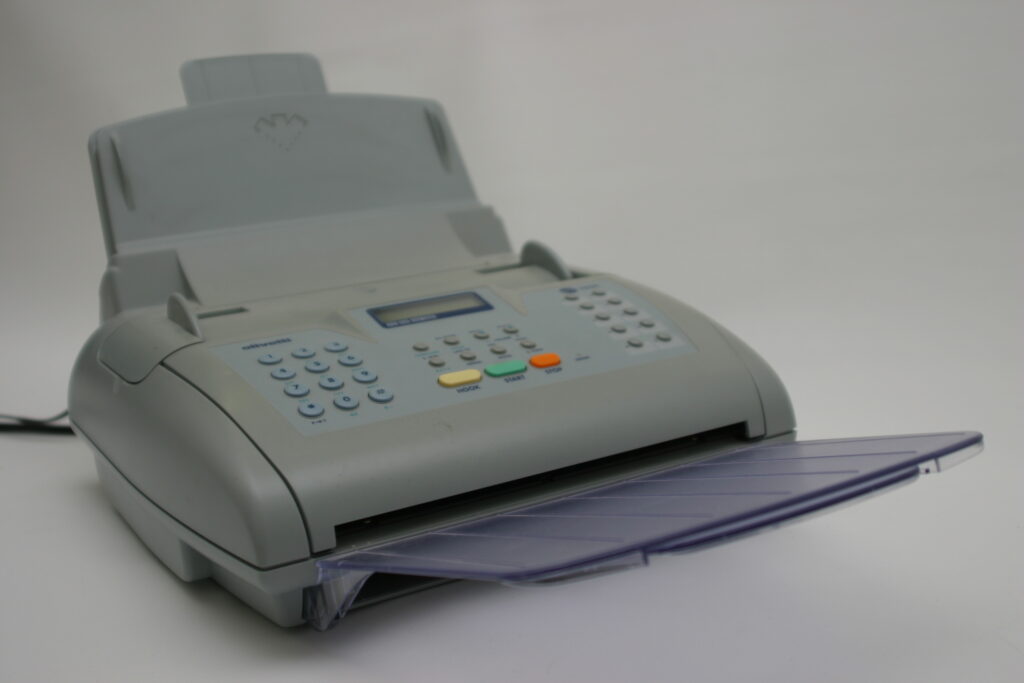
Today’s workers can send a PDF across the world in seconds, but in the ’80s, the thermal fax machine felt just as magical. It used heat to print on special paper, which meant the text would eventually fade. If you left a fax in the sun, you could kiss it goodbye.
The screeching and beeping as a fax came through was its own kind of office drama. Everyone would gather around to see if it was something urgent—or just another boring memo. Waiting for the paper to slowly spit out felt like watching the future unfold, one inch at a time.
6. Carbon Paper

Before photocopiers were everywhere, carbon paper was the way to make duplicates. You’d place the carbon sheet between two pieces of paper, type or write on the top one, and voilà—you had a copy. The downside? Your hands would end up covered in inky smudges.
It was an art to get the pressure just right so the copy was readable but not overly dark. And if you made a mistake, you had to fix it on every layer. It was simple but effective, and it powered offices for decades before being quietly replaced.
7. Slide Projector
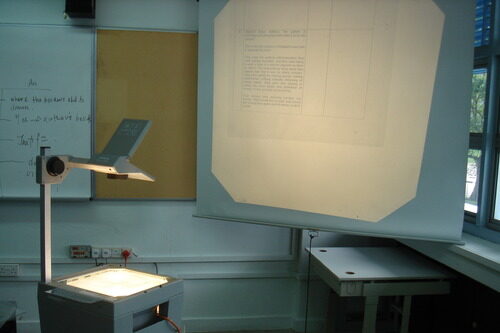
PowerPoint wasn’t even a glimmer in Microsoft’s eye yet, so presentations meant hauling out the slide projector. You’d load each photographic slide into a carousel, turn off the lights, and hope the machine didn’t jam mid-presentation. That loud click when moving to the next slide was iconic.
Of course, setting one up was a bit of a production. You needed a screen or blank wall, the right focus, and a dark room. But when done right, it could make a meeting feel important—almost cinematic.
8. Telephone Switchboard

Large offices often had a dedicated switchboard operator to route calls. It looked like something from a spy movie, with cords, plugs, and blinking lights. If you wanted to reach someone, the operator would physically connect your line by plugging in the right cable.
It required skill and speed, especially during busy hours. The operator was often the gatekeeper of the whole office, deciding who got through to the boss. In an era of direct lines and cell phones, the idea of calling a human just to get to another human seems almost quaint.
9. Telex Machine
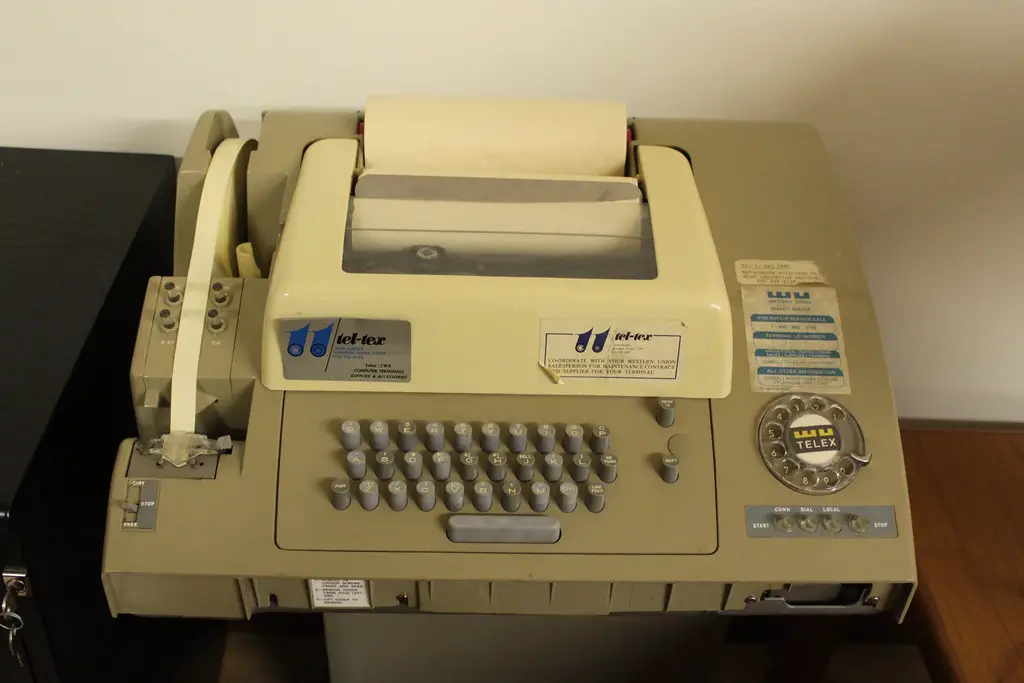
Before email, there was the telex—a networked typewriter that could send typed messages instantly around the world. Messages were transmitted over telephone lines and printed out on the recipient’s machine. It was the lifeline of international business.
The language was often terse and full of abbreviations to save time and money, kind of like the text messages of its day. Using one required knowing special codes, which made it feel like secret agent work. It was fast, efficient, and just complicated enough to make you feel important.
10. Word Processor (Standalone)
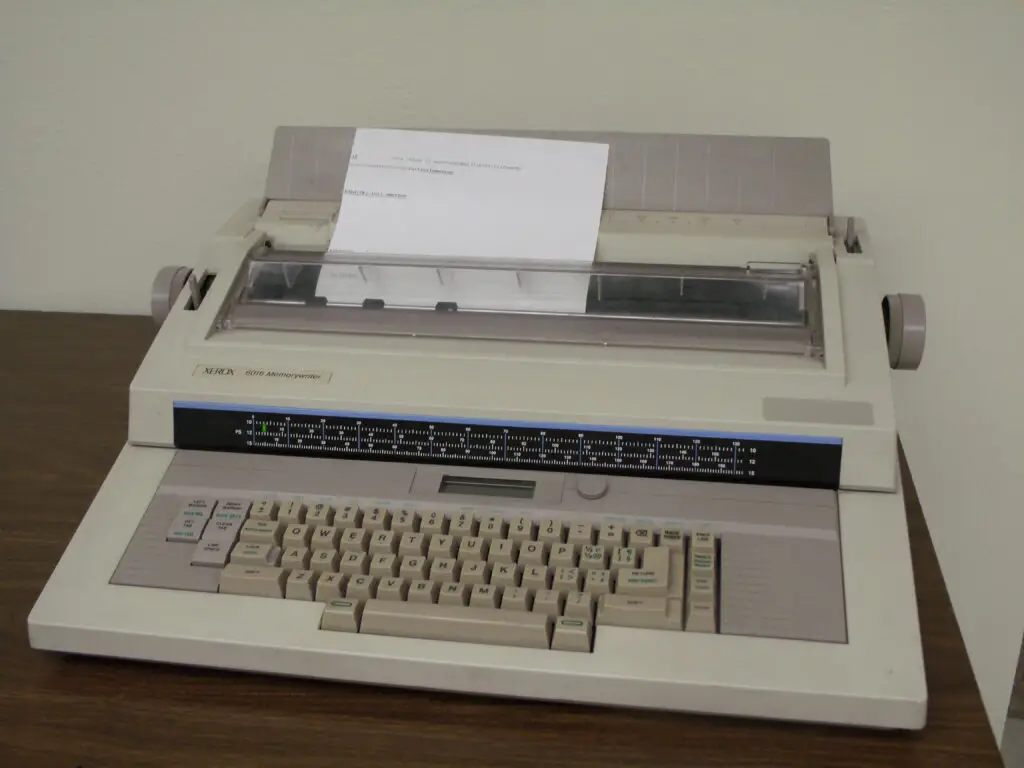
Not the software—an actual standalone word processor machine. These bulky units had a small screen, a keyboard, and a built-in printer. They were designed solely for creating and editing text documents, which felt revolutionary compared to typewriters.
Some models stored files on floppy disks, giving you the mind-blowing ability to save your work for later. Still, they were slow and limited, and once PCs became more affordable, they quickly became office relics.
11. Letter Opener Machine
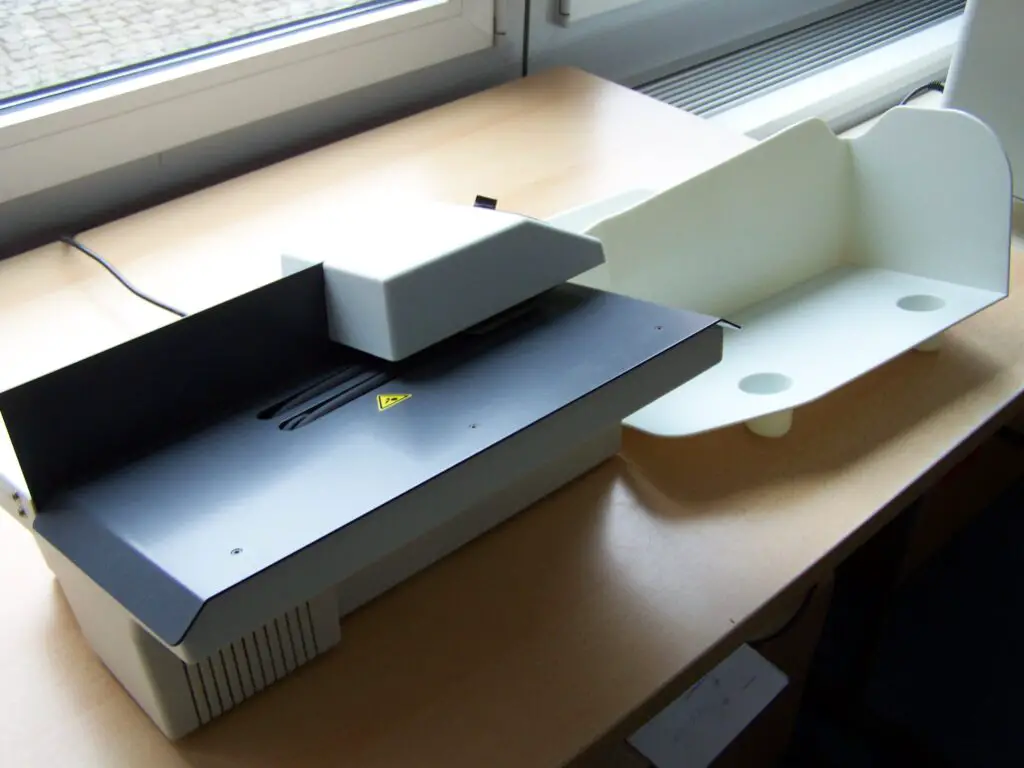
When the morning mail arrived, someone had to open it all. Enter the letter opener machine, which could slice through envelopes in seconds. It was loud, a bit dangerous if you weren’t careful, and weirdly satisfying to watch in action.
These machines were a lifesaver in offices that dealt with piles of mail every day. The hum of a letter opener was just part of the daily background noise in big mailrooms. Today, it’s hard to imagine anyone needing one outside of a post office.
12. Microfiche Reader
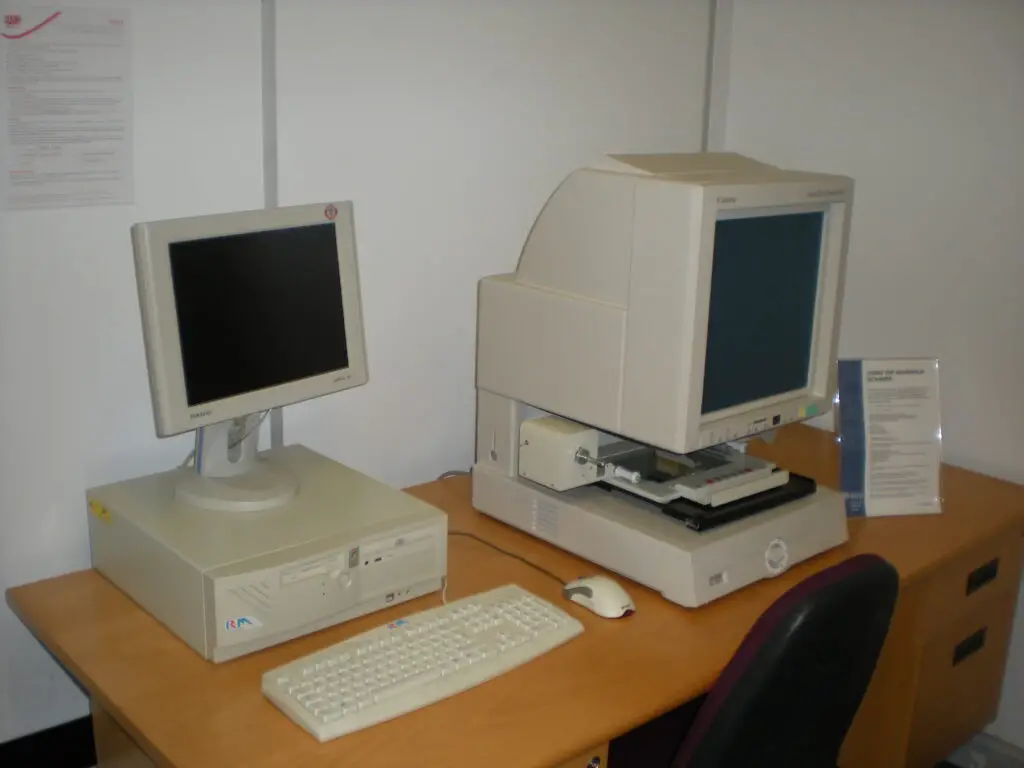
When you needed to store or search massive amounts of documents, microfiche was the answer. These tiny sheets of film held miniature photographs of pages, which you viewed through a special reader. It was like looking into a little glowing screen from the past.
Finding the right page could be tricky—you had to scroll through the film manually until you spotted what you needed. It was slow, but it saved a ton of space compared to storing boxes of paper.
13. Electric Pencil Sharpener
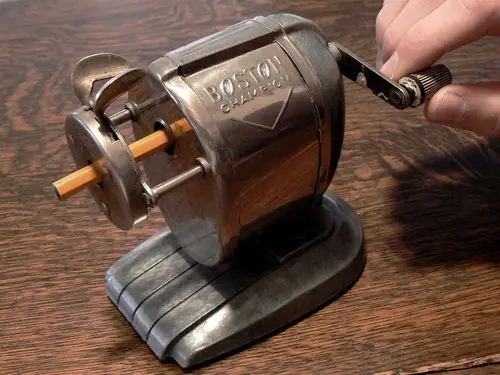
Yes, even the humble pencil sharpener got a high-tech upgrade in the ’80s. Electric models sat on desks or counters, ready to whir your pencil into a perfect point in seconds. You’d stick the pencil in, hear the grind, and pull out a beautifully sharpened tip.
These gadgets were surprisingly powerful, sometimes chewing up pencils if you weren’t careful. They were great for offices that still relied heavily on pencils for marking up documents and designs.
14. Check Writer Machine

For businesses that issued a lot of checks, the check writer machine was essential. It embossed or imprinted the amount into the check so it couldn’t be altered. It gave the document a raised, secure feel that was hard to fake.
You had to turn knobs to set the amount, which made it feel like operating a tiny safe. In a world of online banking, this mechanical step seems almost ceremonial.
15. Manual Addressing Machine
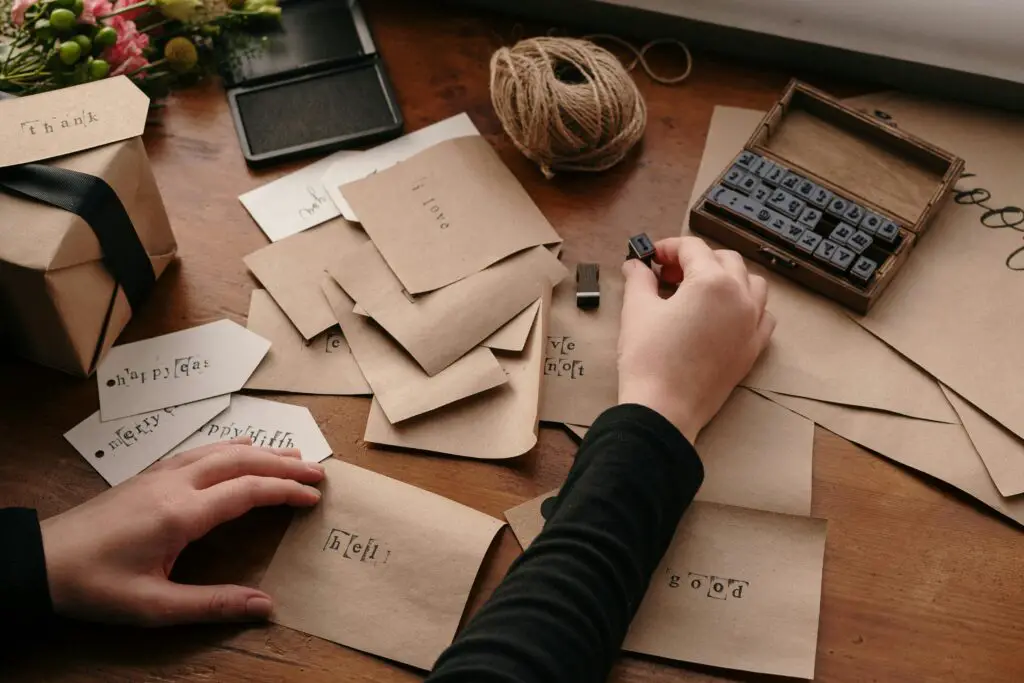
Bulk mail campaigns meant using an addressing machine to print names and addresses directly onto envelopes. You’d feed in the envelopes, and it would stamp them one by one. It was faster than handwriting but still required setup time.
Many used metal address plates that had to be stored, cleaned, and swapped out. The clatter of one in use was unmistakable, and it made you feel like part of a real production line.
